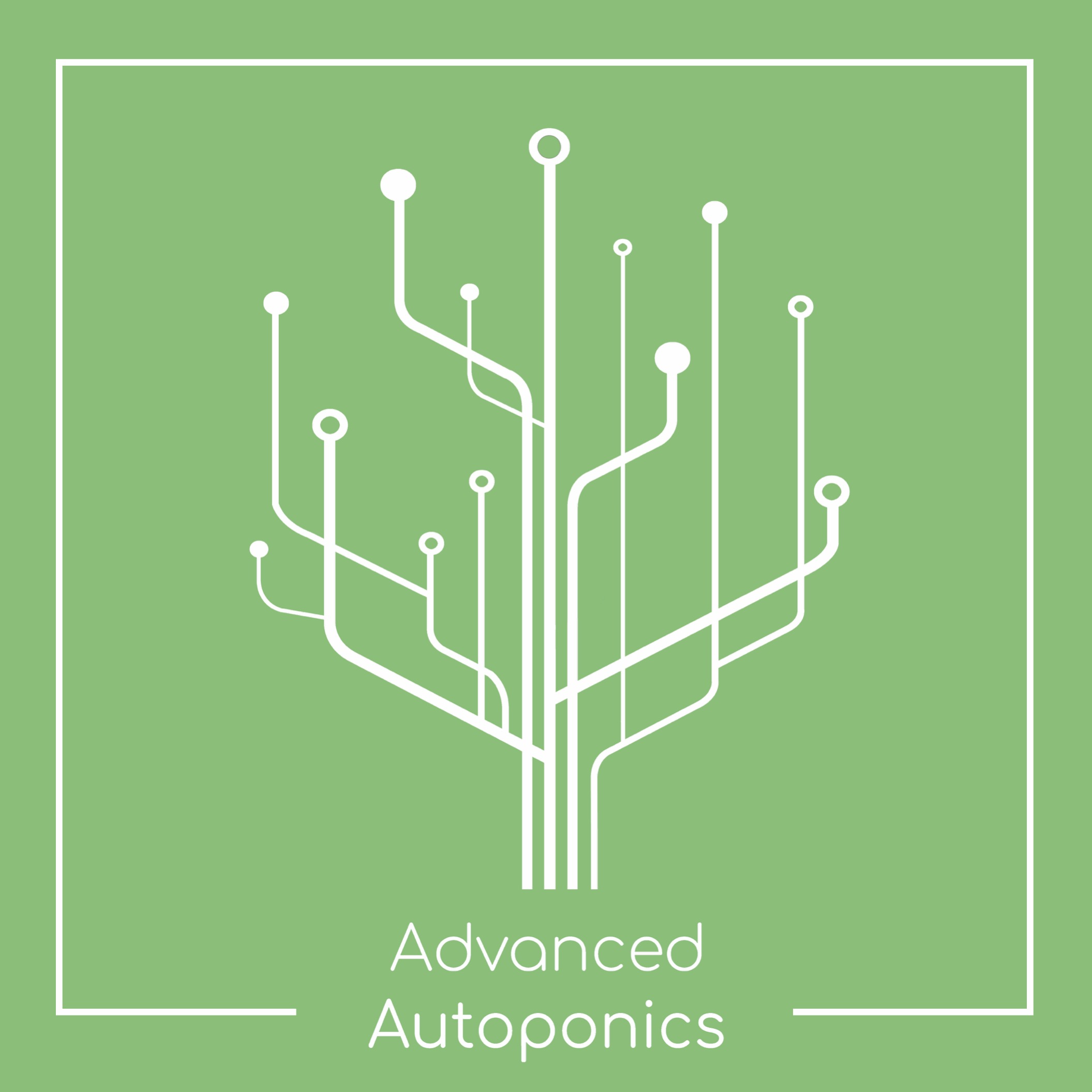Hydroponic gardening is a popular method of growing plants without soil, using nutrient-rich water solutions instead. It is a highly efficient and effective way to grow plants, but like traditional gardening, hydroponic systems can also be susceptible to pests and diseases. Advanced growers understand the importance of prevention and early detection in maintaining healthy plants in their hydroponic gardens.
One of the most common pests in hydroponic gardening is spider mites. These tiny arachnids thrive in warm, dry conditions and can quickly infest a hydroponic system. They feed on plant sap, causing yellowing leaves and stunted growth. Advanced growers know to regularly inspect their plants for signs of spider mites, such as fine webbing on the undersides of leaves, and to take prompt action to control their populations.
Another common pest in hydroponic gardens is aphids. These small, soft-bodied insects feed on plant sap, causing distorted growth and yellowing leaves. Aphids can reproduce rapidly, so advanced growers know to check their plants for signs of infestation and to use natural predators or insecticidal soaps to control their numbers.
Fungal diseases are also a common problem in hydroponic gardening. One of the most frequent fungal diseases is powdery mildew, which appears as a white, powdery substance on the leaves of plants. Advanced growers understand the importance of maintaining proper air circulation and humidity levels in their hydroponic systems to prevent powdery mildew and other fungal diseases from taking hold.
Pythium and other waterborne pathogens can also pose a threat to plants in hydroponic systems. These pathogens thrive in warm, nutrient-rich water and can quickly spread throughout a hydroponic system. Advanced growers know to monitor water quality closely and to use sterilization techniques, such as UV light or ozone treatment, to prevent the spread of waterborne pathogens.
Root rot is another common issue in hydroponic gardening. This condition occurs when the roots of plants are exposed to excess moisture, leading to decay and reduced nutrient uptake. Advanced growers know to maintain proper water levels in their hydroponic systems and to regularly inspect their plants for signs of root rot, such as brown, mushy roots.
In conclusion, pests and diseases are common challenges in hydroponic gardening, but with proper prevention and early detection, advanced growers can maintain healthy plants in their systems. By monitoring plants closely, maintaining proper environmental conditions, and taking prompt action when needed, advanced growers can enjoy successful harvests in their hydroponic gardens.
For more information visit:
Advanced Autoponics
https://www.advancedautoponics.com/
Denver, United States
Our cutting-edge hydroponic technology empowers developers, designers, and architects to integrate greenery anywhere, transcending the limitations of soil. Our solution automatically establishes the ideal root environment for plants, fostering growth and sustainability while conserving water and space. Our advanced technology offers real-time monitoring and updates accessible from anywhere on the globe.

